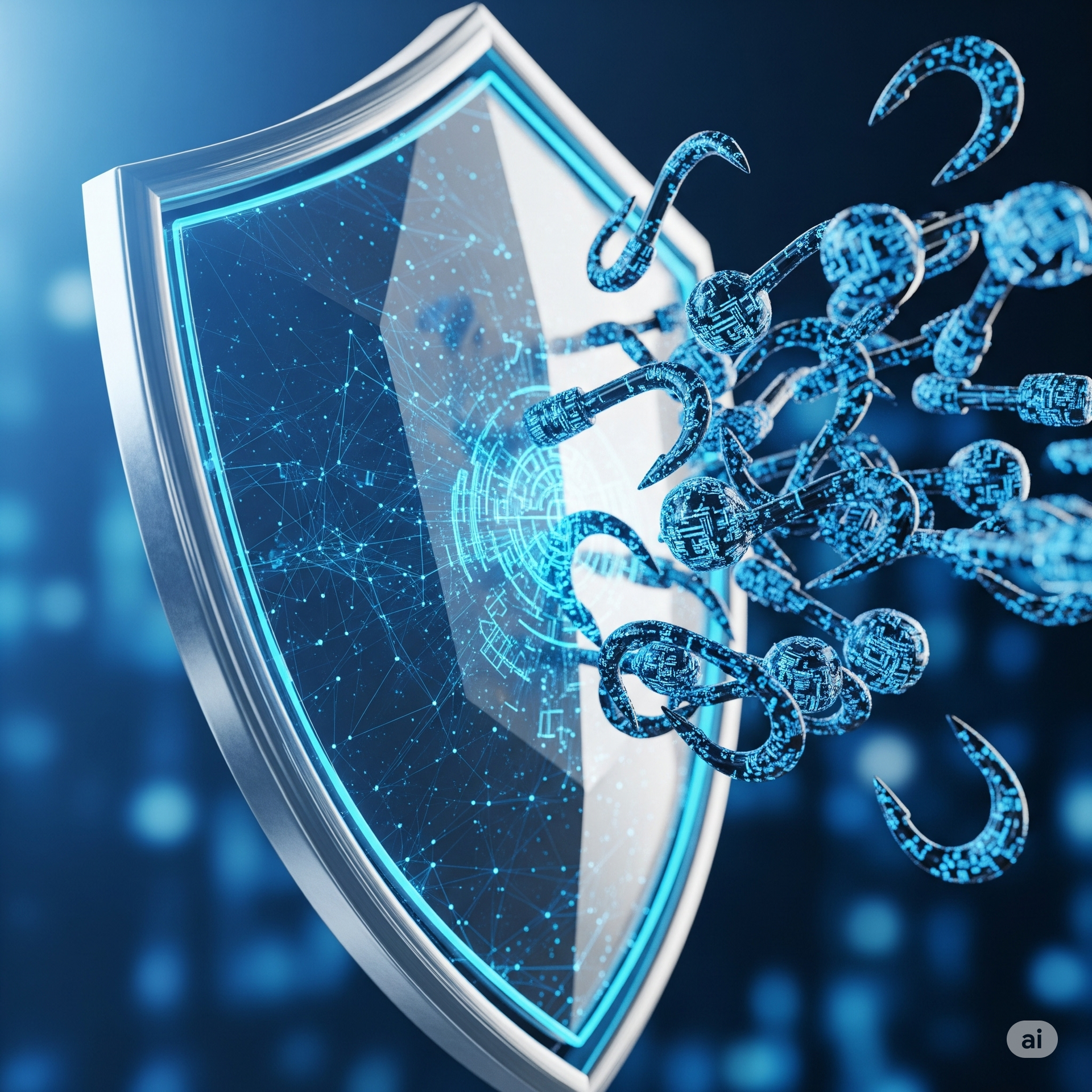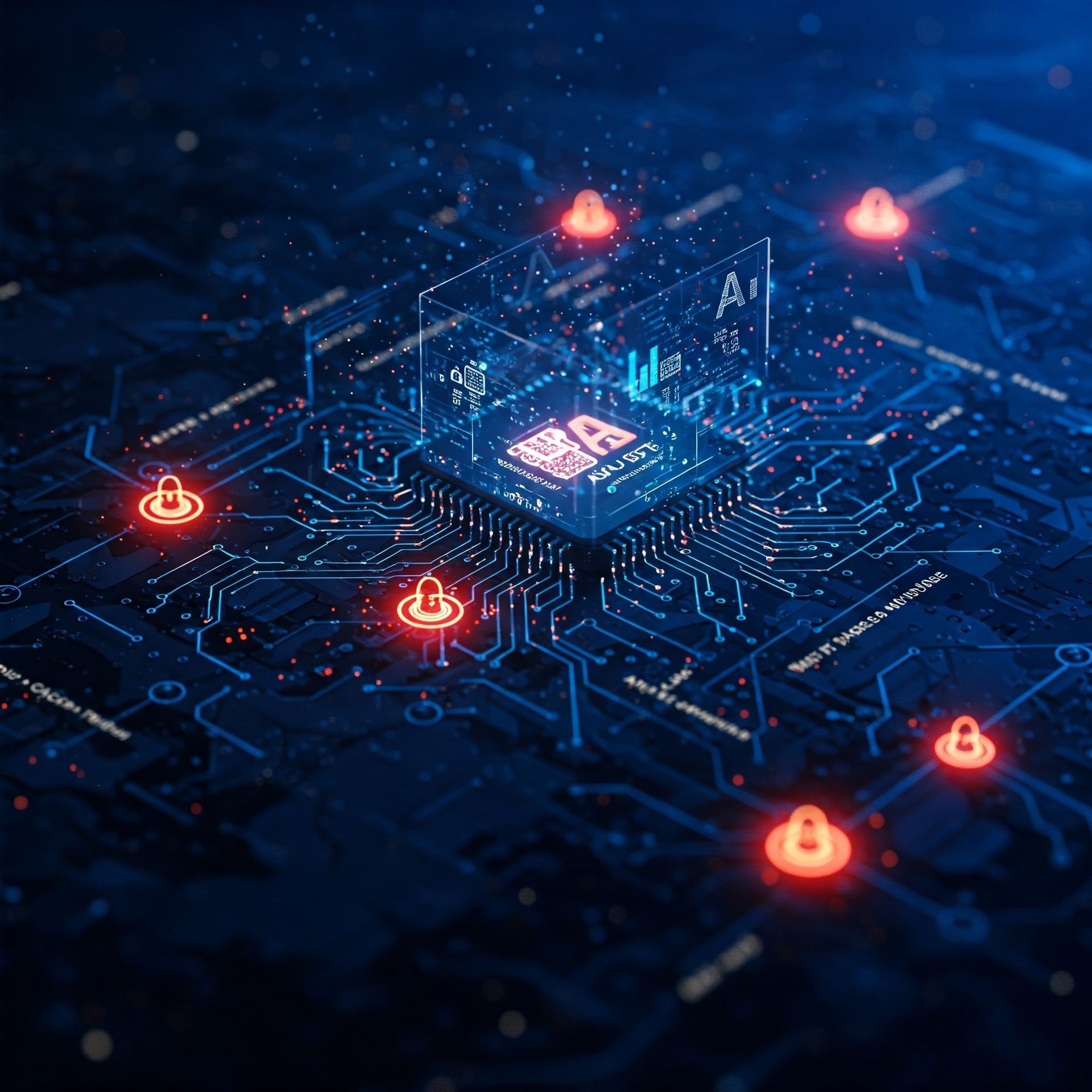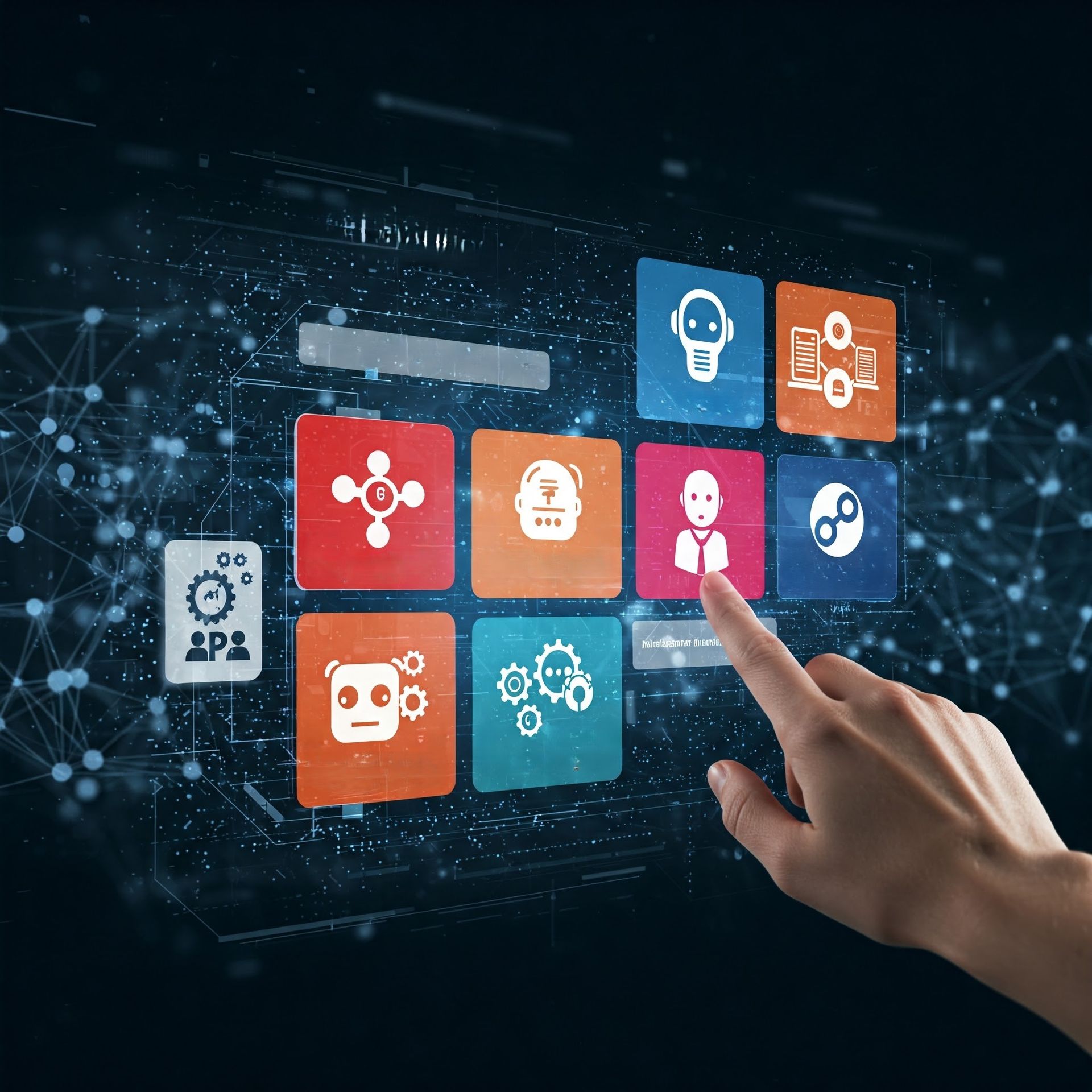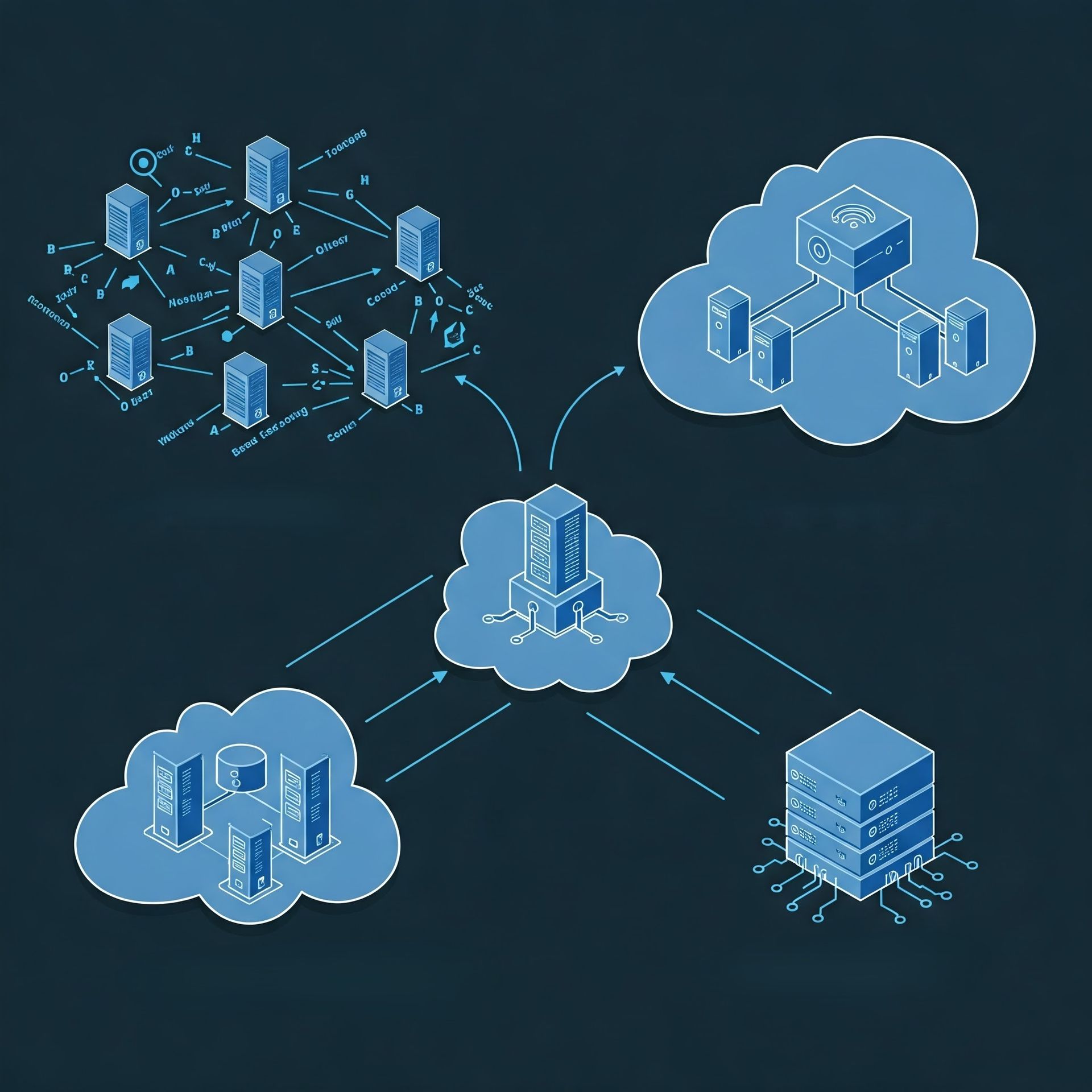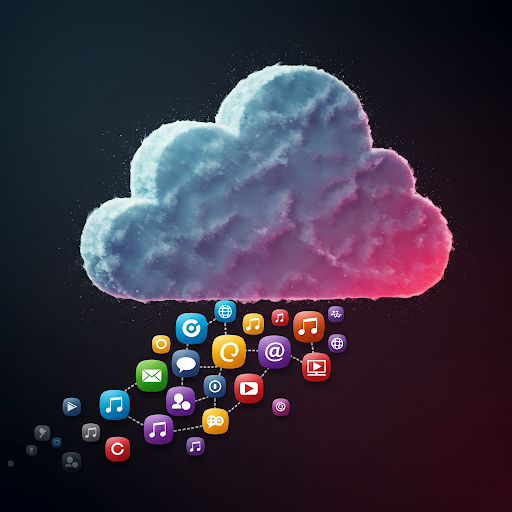Maximizing Efficiency Streamlining Business Processes with Digital Technology
Maximizing Efficiency: Streamlining Business Processes with Digital Technology

The Transformation of Business Processes Through Digital Technology
In the contemporary business landscape, digital technology plays a pivotal role in transforming and streamlining business processes. As companies strive to remain competitive, they are increasingly turning to technological solutions to enhance efficiency and productivity. The integration of digital tools allows for automation of repetitive tasks, leading to significant time and cost savings. Moreover, with digital technology, businesses can facilitate seamless communication across their teams, ensuring that information flow is both rapid and reliable. This reduces the potential for errors and improves the overall decision-making process. Digital technologies like cloud computing and artificial intelligence have revolutionized how businesses operate, providing scalable solutions that can adapt to changing needs. By leveraging the power of digital tools, businesses not only streamline their operations but also create processes that are resilient and adaptable to future challenges. In essence, embracing digital technology is no longer optional but a fundamental step towards achieving operational excellence in any industry.
Key Advantages of Digital Solutions in Business Operations
- Increased Productivity: Automation and digital tools allow employees to focus on high-value tasks.
- Cost Efficiency: Reduces operational costs through improved accuracy and resource management.
- Improved Communication: Facilitates clear and timely communication within and across teams.
- Scalability: Technologies like cloud computing enable businesses to scale operations efficiently.
- Data Management: Digital solutions provide robust data analytics for better insight and tracking.
- Enhanced Security: Implementing digital security measures protects sensitive information effectively.
Overcoming Challenges in Digital Transformation
While the benefits of digital technology are undeniable, businesses often encounter challenges during the transformation process. Understanding these potential obstacles is crucial for a successful transition. One major challenge is the resistance to change, as employees may be apprehensive about adopting new technologies. To address this, providing comprehensive training and demonstrating the benefits of digital tools can foster a more receptive work environment. Additionally, the initial investment in technology can be considerable, which may be daunting for small to medium-sized enterprises. However, by carefully evaluating the return on investment, businesses can recognize the long-term savings and productivity gains these technologies offer. Another significant concern is data security, as digital transformation often involves handling vast amounts of sensitive data. Therefore, implementing stringent cybersecurity measures is essential. By proactively planning and managing these challenges, businesses can smoothly transition to a digital-first approach and reap the multitude of benefits technology has to offer.
The Role of Cloud Computing in Streamlining Processes
Cloud computing stands out as one of the most transformative technologies, offering numerous advantages for business process streamlining. It provides a flexible and cost-effective infrastructure that allows businesses to store and access data from anywhere at any time. This accessibility is particularly beneficial for businesses that require remote work capabilities, ensuring that employees can collaborate and share information seamlessly. Cloud computing also reduces the need for physical hardware, minimizing maintenance costs and energy consumption. Furthermore, cloud platforms offer advanced security features and automated backups, ensuring data protection and disaster recovery. Businesses can leverage cloud computing to integrate other digital services, enhancing processes like customer relationship management and supply chain operations. The ability to easily scale resources up or down, depending on demand, makes cloud computing an ideal solution for businesses aiming for agile operations. By adopting cloud computing, businesses can focus on their core activities while relying on a strong technological foundation to handle their operational needs efficiently.
Empowering Businesses with Data-Driven Decision Making
The adoption of digital technology empowers businesses to leverage data-driven decision making, fundamentally transforming how decisions are made. By using advanced analytics tools, businesses can process vast amounts of data to uncover insights that drive strategic decisions and operational improvements. Digital technology allows for real-time data processing, providing businesses with up-to-date information crucial for timely decision-making. Moreover, predictive analytics enable businesses to anticipate future trends and consumer behaviors, allowing them to stay ahead of the competition. Access to comprehensive data analytics not only helps in improving current business strategies but also aids in long-term planning and innovation. Businesses can utilize these insights to align with market demands, optimize supply chains, and enhance customer experiences. By integrating data-driven insights into their decision-making processes, companies can achieve greater accuracy, reduce risks, and create substantial value. Ultimately, digital technology not only streamlines operations but also fosters a culture of informed and strategic decision making, essential for sustained business success.
Looking Ahead: Future Trends in Digital Business Processes
As digital technology continues to evolve, businesses must stay ahead of emerging trends to remain competitive and efficient. One such trend is the integration of artificial intelligence and machine learning, which are increasingly being used to automate complex processes and provide personalized customer experiences. Another significant trend is the rise of blockchain technology, offering enhanced transparency and security, particularly in sectors like finance and supply chain management. The importance of cybersecurity will grow as businesses digitize more of their operations, emphasizing the need for robust security measures and protocols. Additionally, the Internet of Things (IoT) continues to expand, enabling more interconnected devices and smarter data collection, leading to enhanced operations and customer interactions. Businesses should also prepare for the growing demand for sustainability in technology, as eco-friendly solutions become a priority in digital implementation. By staying informed and adaptable to these trends, businesses can optimize their processes, maintain a competitive edge, and position themselves for success in the ever-evolving digital landscape.
HCS Technical Services

